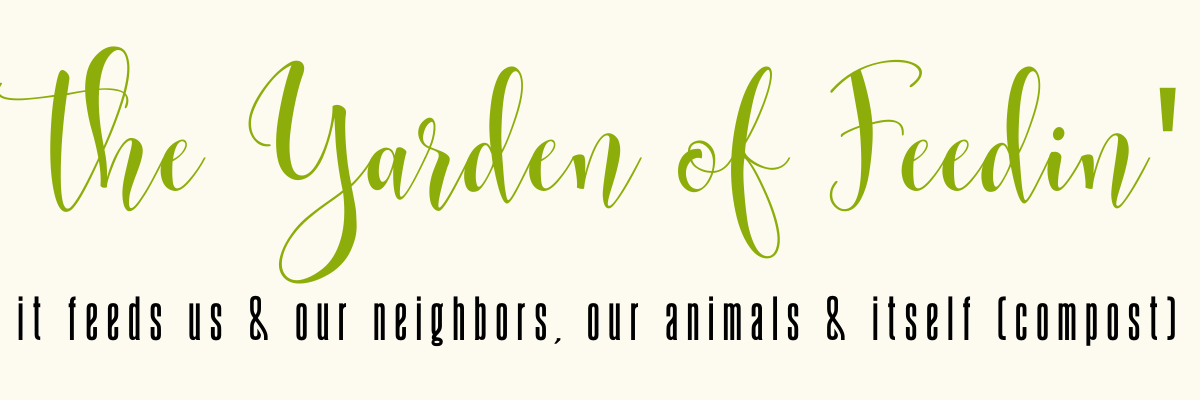Cookware - What is Safe, What is Not?
Here is a question from a reader:
Here is an excerpt from The Environmental Working Group about the studies that they conducted on Teflon coated cookware:
Alternative cookware includes stainless steel, cast iron, and baked enamel cookware or porcelain cookware (however, it is important to make sure that there are no chips in the enamel). There is no offgassing with any of these. (Never use aluminum to cookware either as it has been linked to Alzheimers disease.)
Personally, I use cast iron and good heavy-duty stainless steel. Though these can be expensive to buy new, they are easily found at garage sales and thrift shops. And of course when you are looking for good cookware in these places, it is inevitable that you will always see those horrid Teflon pans with most of the coating gone. Sends chills down my spine!

Do you have any tips on buying cookware? I read and heard about using certain cookware with certain coatings having an association with risks for cancer. I am really confused about what is considered "safe" to use.Most "newfangled cookware is not safe to use. Have you ever noticed what a slightly used Teflon pan looks like? There is always Teflon missing. Teflon pans always loose the coating and guess where it goes? That's right - into the air you breathe and food you've cooked. You either breathe it in or ingest it into your digestive tract. There are as many as 15 different chemicals that can offgass or end up in your food. At least one of these - perflurooctanoic acid (PFOA) also known as C-8 - will never break down in the environment. It is a likely carcinogen (causes cancer).
Here is an excerpt from The Environmental Working Group about the studies that they conducted on Teflon coated cookware:
In two to five minutes on a conventional stovetop, cookware coated with Teflon and other non-stick surfaces can exceed temperatures at which the coating breaks apart and emits toxic particles and gases linked to hundreds, perhaps thousands, of pet bird deaths and an unknown number of human illnesses each year, according to tests commissioned by Environmental Working Group (EWG).Click here to read the rest of the article.
In new tests conducted by a university food safety professor, a generic non-stick frying pan preheated on a conventional, electric stovetop burner reached 736°F in three minutes and 20 seconds, with temperatures still rising when the tests were terminated. A Teflon pan reached 721°F in just five minutes under the same test conditions, as measured by a commercially available infrared thermometer. DuPont studies show that the Teflon offgases toxic particulates at 464°F. At 680°F Teflon pans release at least six toxic gases, including two carcinogens, two global pollutants, and MFA, a chemical lethal to humans at low doses. At temperatures that DuPont scientists claim are reached on stovetop drip pans (1000°F), non-stick coatings break down to a chemical warfare agent known as PFIB, and a chemical analog of the WWII nerve gas phosgene.
Alternative cookware includes stainless steel, cast iron, and baked enamel cookware or porcelain cookware (however, it is important to make sure that there are no chips in the enamel). There is no offgassing with any of these. (Never use aluminum to cookware either as it has been linked to Alzheimers disease.)
Personally, I use cast iron and good heavy-duty stainless steel. Though these can be expensive to buy new, they are easily found at garage sales and thrift shops. And of course when you are looking for good cookware in these places, it is inevitable that you will always see those horrid Teflon pans with most of the coating gone. Sends chills down my spine!


Comments
Post a Comment